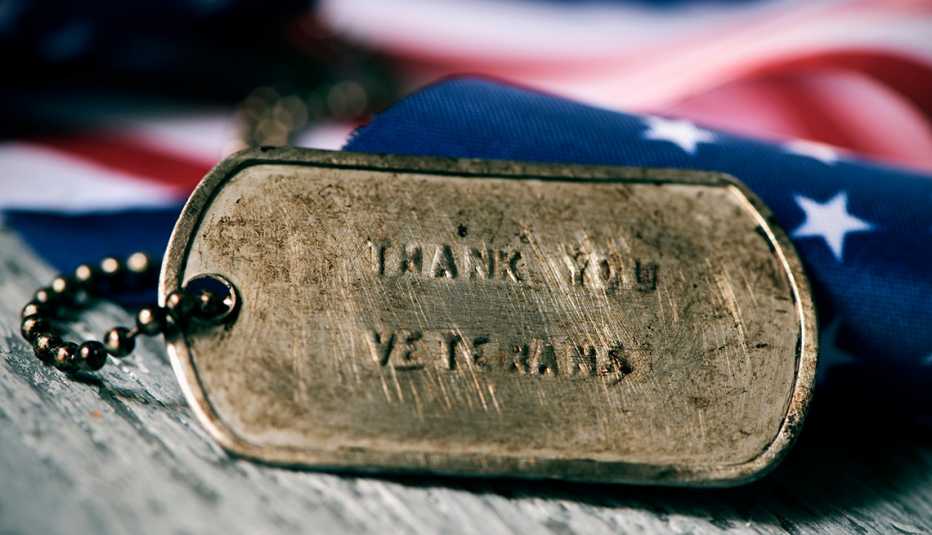AARP Hearing Center


I’m somewhere in the mountains of North Carolina, and I’m pretty sure I’m going to die.
Not because we’re in real peril. I’m just lost. The GPS in our car went dark, and my wife and I decided — romantically, foolishly — to keep driving without it.
It felt like a memo from the universe: Here’s your chance to be a grownup again. Trust that not knowing exactly where you are doesn’t automatically mean doom.
In times like this, I borrow a steadier voice than the one in my head — my father-in-law, Jim. When he recounts war stories, his refrain is: “I wasn’t afraid. I was just scared sh**less.”


He lives with my wife’s mom in Florida behind a screen porch that hums with cicadas and Radio Margaritaville. My wife and I were driving to see him when the GPS died.
Jim enlisted in the Navy in 1967, and during his 20-year military career, he flew 150 combat missions in Vietnam. He’s seen some things — and usually tells us about them during our visits.
Every story begins the same way, with a pilot muttering, “Oh shoot, I’m dead.” (Except they don’t say shoot.)
There’s the time Jim lost two inches of height after being ejected from a plane that was going down. Or that time he got so turned around during a mission, he looked out of his cockpit and saw trees above him.






































































You Might Also Like
Remembering My Costume Jewelry-Clad Grandmother
A heartfelt look back at the life and quirks of a Bubbie who made every moment sparkle
25 Great Ways to Bond With Your Dog
Be your dog’s best friend with these expert tips
Vietnam Vets' 50-Year Journey to a Reunion
Separated by war, two veterans find their friendship again